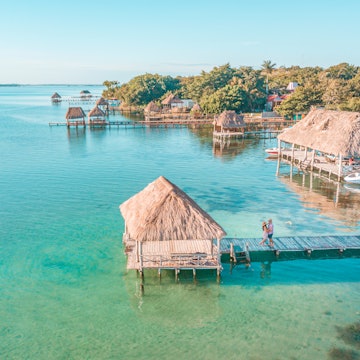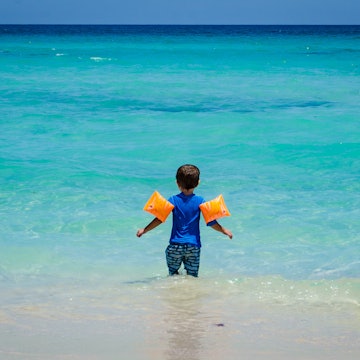
Cuba on a budget: tips for making the most of your money

Jan 10, 2024 • 7 min read

Some of the most memorable experiences in Cuba are absolutely free © Bim / Getty Images
There are many ways to visit Cuba. Many price points, too. While the country’s unique circumstances may not make the island the best place in the world for shoestring backpackers, you can certainly save money if you understand a bit of the local mecánica (Cuban way of doing things).
The bulk of tourists head to the all-inclusive resorts that line the country’s north coast, where bargains can be found in sprawling hotel zones like Varadero, Cayo Coco and Cayo Santa María.
Independent travelers must navigate the trickier waters of Cuba’s confusing dual economy and fickle monetary system – a challenge, but one that rewards planning and tenacity.
Here are some handy hints for visiting Cuba on a budget.
Daily costs in Cuba (prices in US$ equivalent)
Double room in three-star all-inclusive resort (low season): US$110
Double room in casa particular: US$20–50
Public bus in Havana: US$0.40
Bus ticket from Havana to Varadero: US$9
Coffee: US$1–3
Sandwich: US$6–7
Dinner for two: US$50
Bottle of beer in a bar: US$2–4
Mojito: US$3–5
Flying is the only practical way of getting to Cuba but ticket prices can vary
Book well ahead for better rates, and earmark September and October in particular for cheaper deals. (Bear in mind that these months correspond to the peak of hurricane season.) Prices start to rise from November 1, and continue climbing through the end of the year.
Avoid traveling in the high season (between November and March)
Rates go up in the winter, when Canadians arrive in their droves, hitting their peak around the Christmas and New Year holidays. If you don’t mind braving a little rain and the odd seasonal closure, the months of May, June, September and October offer better rates at hotels and resorts. Casa particular prices remain fairly static year-round.
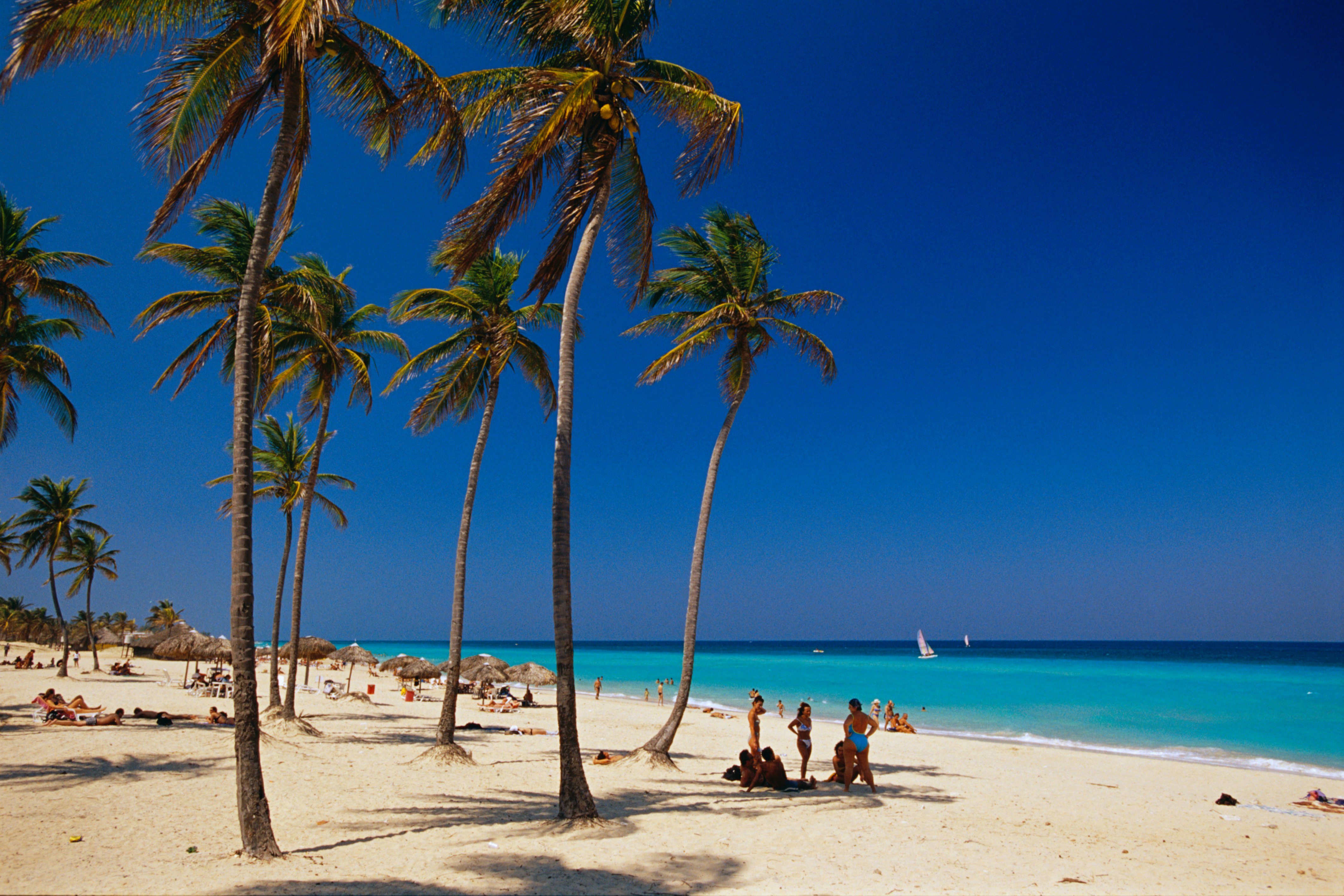
Consider a beach holiday
In low season, all-inclusives offer some good deals, with advertised prices also comprising flights, transfers, accommodation, food and drink. Shop around in your home country (as long as it’s not the US) and prepare to be flexible with dates.
Varadero has more hotels (over 50 of them) with more variety than any other Cuban resort area. It’s also within day-tripping distance of Havana, Matanzas and Playa Girón, meaning you’ll be offered the opportunity to escape the resort zone and experience a bit of the real Cuba.
Take the airport bus over a taxi
Havana’s José Martí International Airport introduced an airport bus in November 2021. The trip from the airport to Parque Central via the hotel zone in Playa/Miramar costs the equivalent of around US$7, compared to around US$30 for a taxi.
Stay in a casa particular
These privately run homestays will nearly always come in cheaper than a hotel – and you can expect better quality and service, too. Casas in provincial towns can cost as little as US$20 per night for a double room. In Havana, a decent room still shouldn’t break US$45.
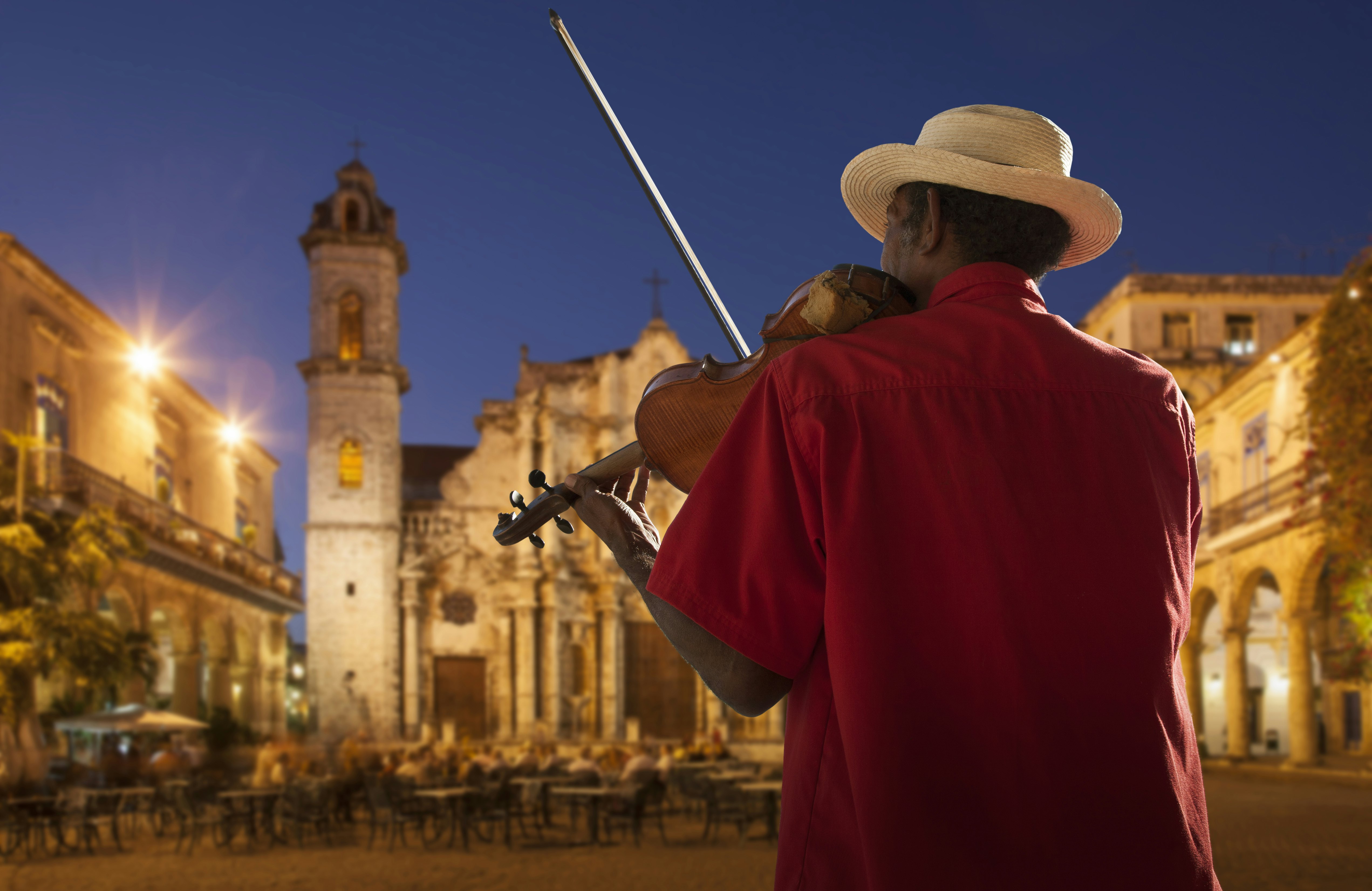
Free music is everywhere
Stroll around a Cuban town at any time of day or night and you’ll hear live music emanating out of bars, clubs, restaurants and private homes.
In a country where even the Rolling Stones played for free, the most you’ll be asked to pay to listen to these ultra-talented musicians is the price of a drink, plus whatever tip you decide to leave in the hat/basket/jar at the end of the night.
Arrive with a cash strategy
Cuba’s economy is still reeling from a major currency reform in 2021, which did away with the country’s bewildering dual-currency system. A rampant black market pervades all areas of society, which means exchange rates in banks are radically different (meaning worse) than those on the street.
Pay close attention to the type of money you bring to Cuba and where you change it on arrival. The euro is currently the best currency to use. In order to make your funds stretch further, avoid changing your cash into Cuban pesos at the airport, and avoid changing too much of it in the banks either.
There are plenty of ATMs in Cuba and they work for most non-US credit and debit cards (check with your home bank before leaving). However, they only dispense cash in pesos at bank exchange rates.
Most private businesses accept euros over pesos; by purchasing meals and goods this way, you’ll get a much more favorable price.
Some private businesses advertise their rates in euros; others publish them in pesos but will be able to quote you a euro equivalent, usually worked out using a favorable unofficial exchange rate. US dollars, Pounds sterling and Canadian dollars are also widely accepted in Cuba.

Discover the (free) fun of Cuban street life
Cuba is a visceral place. The best sights can’t be located on any map, nor will they cost you any money. To find them you’ll need patience, a sense of spontaneity and a sturdy pair of legs.
Walk the streets and absorb the sights and sounds of lives being lived out in the open: a boisterous game of dominoes; kids playing baseball; the hypnotic drums of a Santería ceremony; and the calls and catchphrases of Cuba’s pregoneros (street criers) selling bread, avocados, nuts and the like.
Consider shared taxis for inter-city trips
Cuba’s state-run Viazul buses are a relatively economical way of traveling between cities. Another viable alternative is long-distance taxis.
If you’re staying at a casa particular, ask about colectivos (shared taxis), which can be cheaper and more convenient than buses along inter-city routes. In Havana, the local bus system charges the equivalent of around US$0.40 per journey, while the official tourist bus costs US$10 for an all-day ticket.
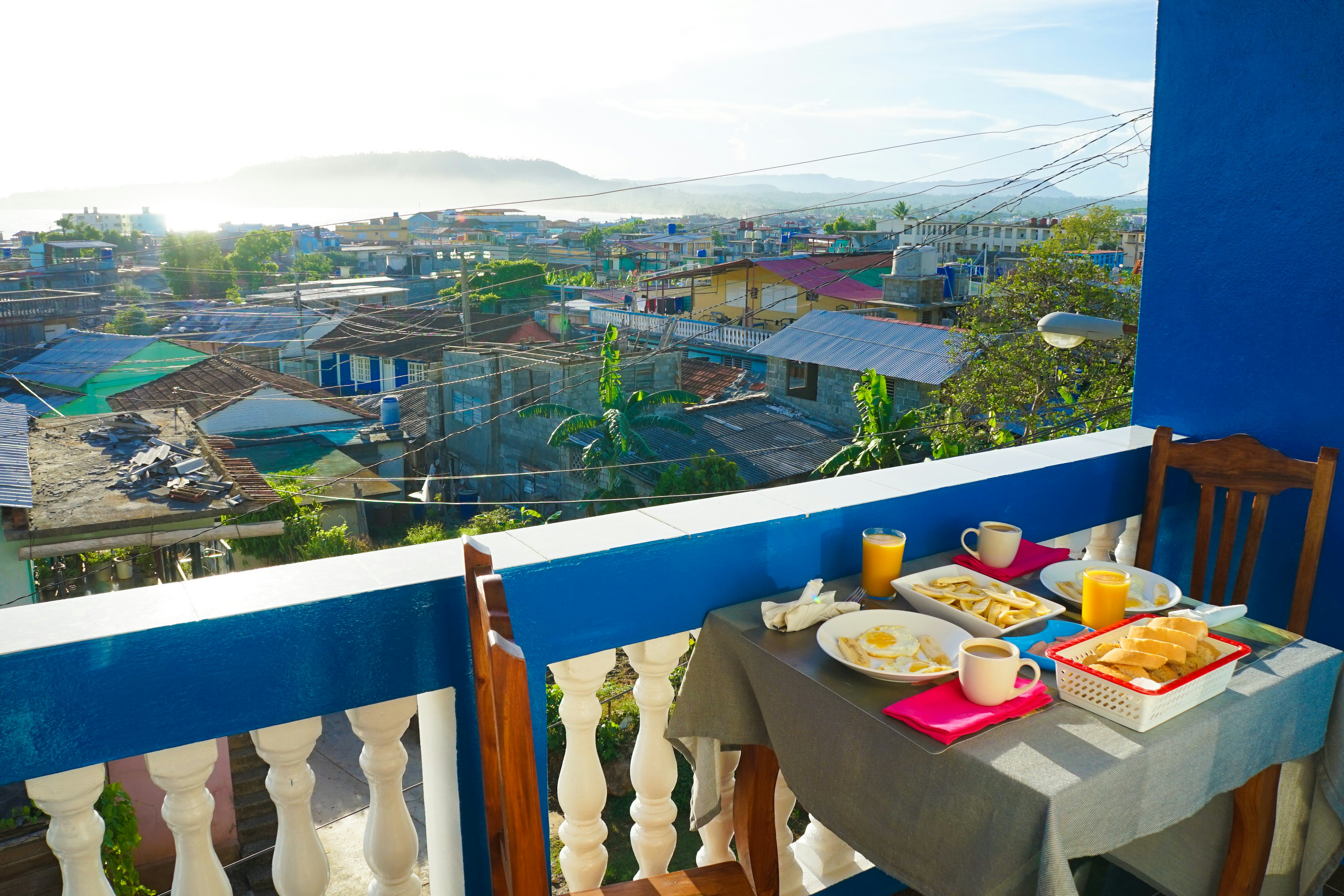
Eat at your casa particular
Come prepared to eat what you pay for, however. Budget travelers should consider eating in their casa particular, which will save money without sacrificing on food quality. Substantial casa breakfasts with eggs, toast, coffee and piles of fresh fruit normally cost the equivalent of US$5; dinners start at around US$10.
When eating in a private restaurant, ask before sitting down if they have a menu in euros – it will invariably offer you better rates than pesos. If not, ask what they’ll charge if you pay in foreign cash (euros, Canadian dollars or pounds sterling).
Peruse fabulous public art
Cuba is home to some of the world’s most creative artists. Happily, much of their work isn’t hidden in galleries, but can be seen in street-art projects, sculpture parks and free-entry workshops. Fusterlandia is a neighborhood-sized art installation in Havana where you can wander at will for free.
Of a similar bent is the Afro-Cuban influenced art project in Callejón de Hamel in Centro Habana, or the community-focused San Isidro art district in Habana Vieja. The city of Matanzas exhibits hyper-creative sculptures on riverside Calle Narváez, which hosted the 2019 and 2022 Havana Biennials. Equally good public art can be viewed in the cities of Camagüey, Baracoa and Pinar del Río.
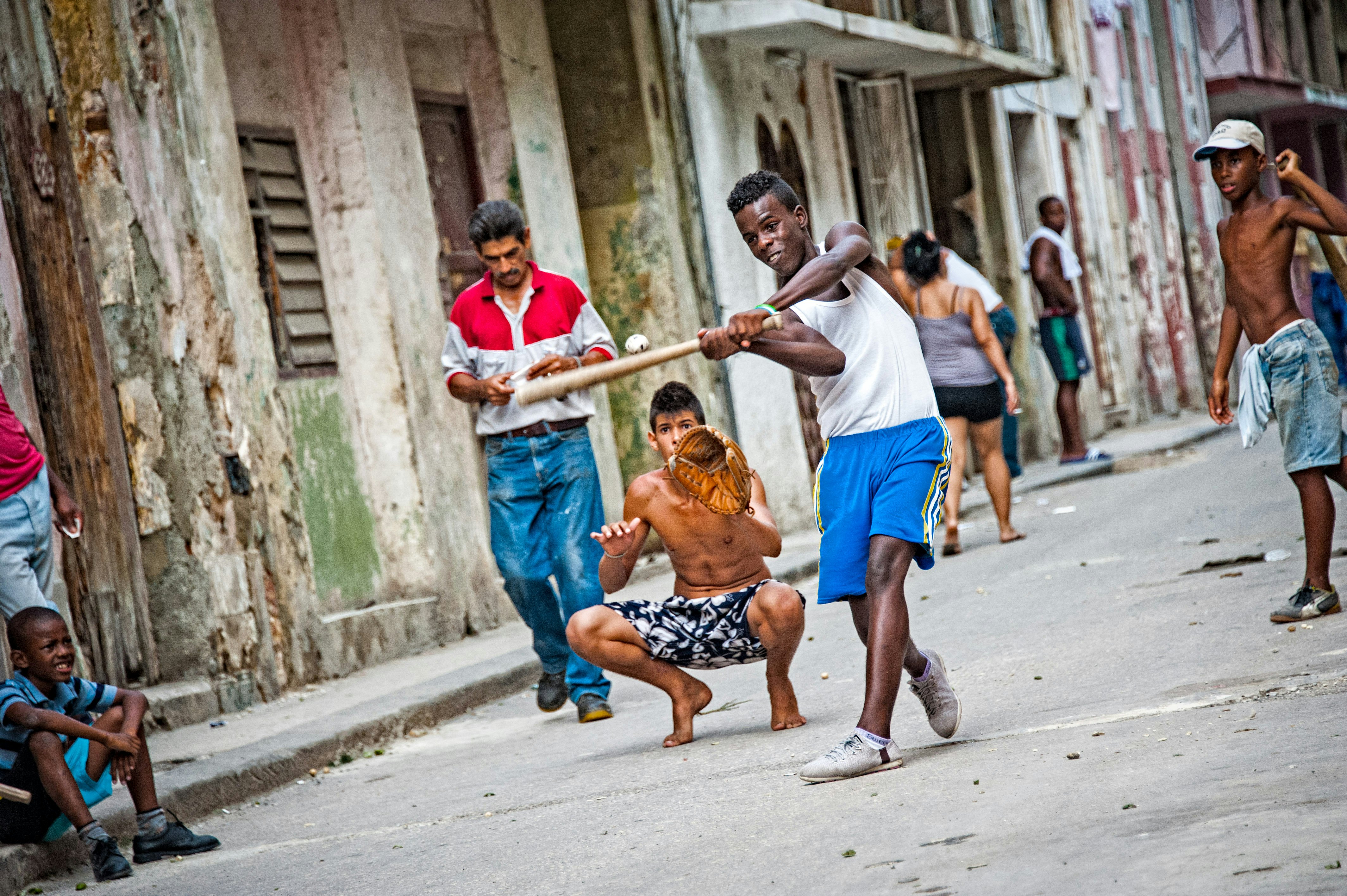
Follow the locals to theaters and sports games
Since entertainment in Cuba is considered an entitlement for the masses, tickets to live music and sports are usually measured in cents rather than dollars.
You can see a top orchestral performance in a splendidly refurbished provincial theatre like the Sauto in Matanzas or the Tomás Terry in Cienfuegos for less than the equivalent of US$1, while a trip to see Havana’s hard-hitting Industriales play baseball is similarly light on the wallet.
By contrast, tourists tend to get funneled toward iconic cabarets like the Tropicana or Buena Vista Social Club–style music concerts like El Guajirito. While offering fine performances, these places charge US$60 or more for shows. You’ll find just as lively a show in a cheap provincial jazz club or an old church converted into a concert hall – just ask around.
Avoid bars where Hemingway once drank
Any place where America’s great Cuba-phile once imbibed his beverages invariably plays heavily on the legend – and charges a fortune for its mojitos and daiquiris. Havana’s famous Floridita, where Hemingway was a perennial barfly in the 1940s and ’50s, charges up to US$8 for a daiquiri. Go to a less flashy, more local bar around the corner and you’ll pay half that.





